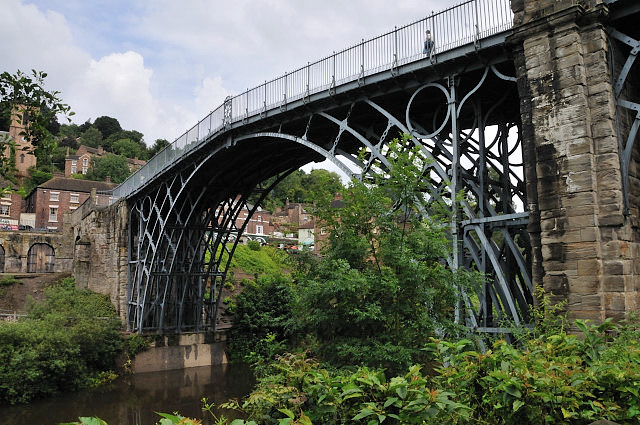Article
Anchor points and the European
Route of
Industrial Heritage
The European Route of Industrial Heritage
came about in an attempt to create themed routes allowing the discovery of
industrial heritage sites by topic, by region or in other ways. It is
connected with the promotion of these as tourist attractions. While
appealing to local areas and specialities, it also attempts to highlight the
parallel or sequential development steps that were occurring in different
European countries, one often developing out of another.
It covers, as at August 2009, 845
sites in 29 European countries. 213 of these locations are in the UK.
In each country there are regional routes,
in Britain there are 4:-
-
Northwest England
-
Heart of England
-
East of England
-
South Wales
There are 10 themed routes across Europe
covering:-
-
Mining: The treasures of the
Earth
-
Iron & Steel: The glow of the
blast furnaces
-
Textiles: From fibre to fabrique
-
Production: Goods for the world
-
Energy: What makes us go
-
Transport & Communication: The
tracks of the Industrial Revolution
-
Water: Blue Gold
-
Housing & Architecture
-
Service & Leisure Industry
-
Industrial Landscapes
All of the sites that are in the UK we have
listed in
European Route of Industrial
Heritage - UK Sites.

Anchor Points on the European Route of
Industrial Heritage The 66 Anchor
Points are the principle places that offer either specifically important
historic features or are particularly attractive to visitors and go across
both themes and countries. Of the 66, 27 are within the UK. You can see a
full list of the anchor points
 across
countries on their website. In our listing
European Route of Industrial
Heritage - UK Sites, across
countries on their website. In our listing
European Route of Industrial
Heritage - UK Sites,
 we have produced a listing of all the sites that are within the UK, and
highlighted those that are anchor points with links to both the individual
websites and those within our location guides. we have produced a listing of all the sites that are within the UK, and
highlighted those that are anchor points with links to both the individual
websites and those within our location guides.
Anchor points cover a complete range of
industries and most, if not all, have more for tourists with guided tours,
multi media presentations and more and in many cases are the centrepiece or
a part of a local industrial area, with other attractions.
There is a partial overlap between
anchor points and places that are featured in the
World Heritage Sites
 listing.
listing.
Many of the anchor points are covered by
location guides, and these are linked within the
European Route of Industrial
Heritage - UK Sites,
 listing. listing.

 The Iron Bridge
The Iron Bridge
 at Ironbridge, Shropshire
at Ironbridge, Shropshire
Topic areas, our indexes and Location
Guides As Industrial Heritage
goes across a very wide number of industries, historic periods and
structures, we don't have industrial heritage within our topic listing under
heritage but instead have a range of topics under heritage that covers these
areas. In many cases the industrial topics are easy to spot in the heritage
classification, and would also be the sub headings that you could break
industrial heritage down into.
Historically prior to the industrial
revolution, industrial activities were a part of communities, and we have
generally not indexed these away from but included them in the topic areas,
so for example Roman covers all activities relating to the period the Romans
were in Britain. Going right back to the Neolithic period you will find
mention of industrial activity, but usually as a part of a village or
community, only later do we have identifiable specifics like windmills,
bridges, and the like. We also have a heading of living history museums that
often contain a wide range of items relating to a place or time and as such
include one or a number of industrial exhibits.
|